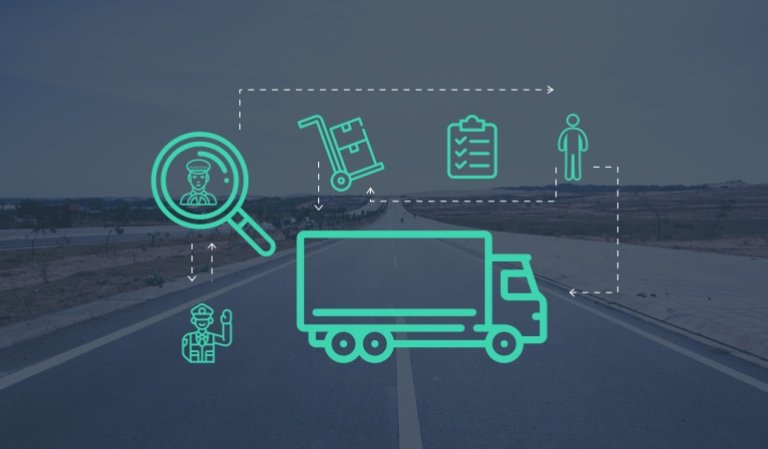All About Laser Engraving in 2024
Laser engraving is often mentioned alongside laser cutting, but what exactly is laser engraving? How does it function, what are its advantages, and which materials can it work with?
This comprehensive guide aims to address these questions and provide a detailed overview of laser engraving. Are you ready to explore the world of laser engraving? Let’s dive in!
Understanding Laser Engraving
Definition and Process
Laser engraving involves imprinting a specific image or design onto a chosen material. It operates as a subtractive manufacturing technique. Before commencing the engraving process, the machine requires a file sent from a computer to the machine’s controller, which then positions the laser.
When the laser engraving process initiates, the beam emits high heat, either burning or evaporating the surface in accordance with the image from the file. There are two distinct forms of laser engraving: line engraving and surface engraving.
The former employs vector images to trace paths or lines, while the latter vaporizes the material to embed an image into it or provide the design with a 3D-like appearance.
File Requirements
Laser engraving systems cannot interpret 3D files such as .stl. Therefore, users must utilize 2D file formats like jpg, pdf, png, or ai. The model within the file is converted into dots, with the spacing between them determining the depth of the engraving.
Exploring Laser Engraving
Mechanisms and Precision
Laser engraving harnesses the focused energy of a laser beam to selectively remove material from a surface, resulting in permanent marks. The controlled application of heat generated by the laser beam, managed by computer software, ensures precise engraving of intricate designs with exceptional detail.
The beam’s ability to focus on micrometer-scale spot sizes enables remarkable precision, making laser engraving suitable for various applications, including artistic designs, industrial labels, and personalized items.
Types of Laser Engraving Machines
The engraving landscape is dominated by two primary laser types: CO2 lasers and fiber lasers. CO2 lasers excel in engraving nonmetals like plastics, wood, and stone, while fiber lasers are preferred for engraving metals due to their optimal absorption wavelength.
Material Removal Mechanisms
Material removal during laser engraving occurs through various mechanisms, including melting + vaporizing, direct sublimation, and ablation. Ablation, a common method, involves heating surface atoms into plasma, leading to the expulsion of small particles along the desired engraving path.
Applications and Best Practices
Laser engraving is widely used in applications requiring durable, high-contrast markings capable of withstanding wear, tear, and post-processing treatments. Whether marking metal parts subject to heavy usage or preparing surfaces for subsequent painting, laser engraving ensures longevity and visibility.
Optimization Techniques
Fine-tuning laser engraving settings is crucial for achieving desired outcomes while avoiding issues like overheating or material deformation. Parameters such as power, frequency, speed, hatch angles, and loop count must be carefully adjusted to optimize depth, clarity, and overall appearance.
Conclusion
In conclusion, laser engraving offers unparalleled precision and durability across various industries and applications. Mastering its intricacies, from understanding its mechanisms to optimizing engraving settings, is essential for harnessing its full potential in creating high-quality, enduring marks on diverse materials.





